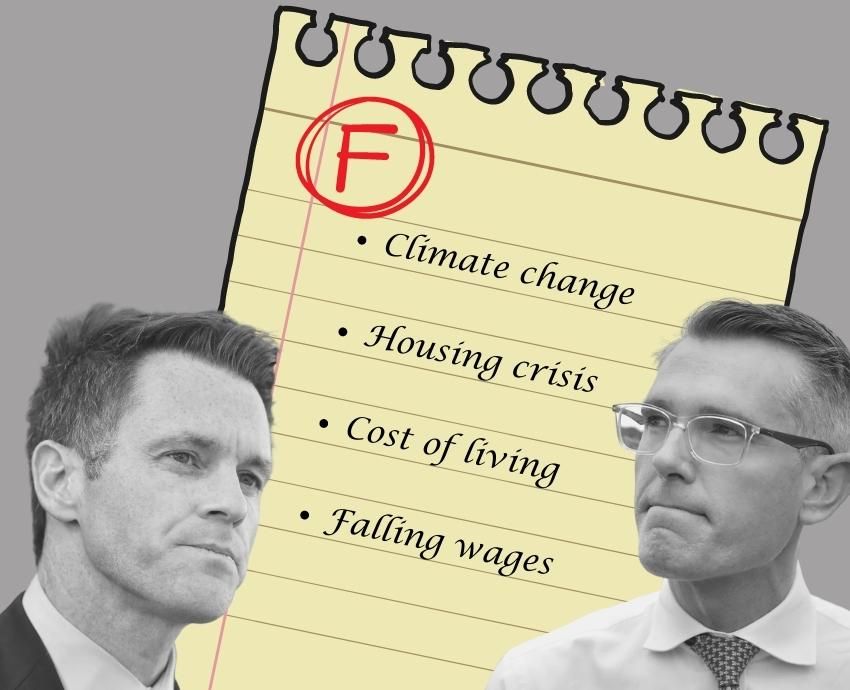
Polling by Essential Research released on March 21 found that more people (41%) are expecting a Labor win in the March 25 New South Wales election than are expecting the Coalition to retain government (35%).
Privately, however, Labor campaigners are saying that it will be hard for Labor to win an outright majority, although a Labor minority government might be possible. Labor holds 37 of the 93 seats in the Legislative Assembly and requires 10 seats to form an outright majority.
It is strange for Labor to be saying this, given it has been in opposition for 12 years and the Coalition has presided over the privatisation of at least $70 billion of public assets and a string of corruption scandals involving several ministers and even the former Premier Gladys Berejiklian.
As a consequence of Labor’s small target strategy, it has been reluctant to offer much to people reeling from steeply rising costs of living, declining real wages, a housing crisis and flood and bushfire emergencies.
Labor has made two main promises: to end the privatisations and to lift the Coalition’s wage cap for public sector workers (though Labor will only commit to negotiating on these separately with each group of public sector workers).
But, according to the Essential poll, fewer people have clocked Labor’s promises, compared to the Coalition’s. The latter is promising to introduce a cashless gambling card and to create a $400 savings fund for children under the age of 10, which they can access when they turn 18.
Further, the poll found that Liberal leader Dominic Perrottet retained 36% support compared to 33% for Labor leader Chris Minns, who has kept a low profile until the election campaign.
The low turnout at early voting centres since they opened on March 18 also suggests little interest in the campaign.
The Australian Financial Review Freshwater Strategy poll, published on March 22, had Labor and Coalition with 37% of the primary vote each, but Labor ahead after preferences (53% to 47%).
This poll also found the rising costs of living and housing are voters’ two top concerns.
Election analyst Adrian Beaumont reported in The Conversation on March 20 that a Resolve poll for the Sydney Morning Herald, conducted March 14–19, “gave the Coalition 38% of the primary vote (up six since late February), Labor 38% (steady), the Greens 8% (down three), independents 8% (down five) and others 8% (up one)”.
In short, the polls have the Coalition and Labor neck and neck on primary votes, with Labor having a predicted advantage after preferences.
However, because of NSW’s optional preferential system, more than half of votes exhaust after the first preference.
ABC election analyst Antony Green said that this favours the lead candidate and makes it much harder for smaller parties, like the Greens and independents, to win seats.
Green also said that which party forms government will probably be decided by who wins a handful of mainly north-western suburban seats currently held by the Liberals on small margins: Drummoyne, Parramatta, Winston Hills, Riverstone and Penrith.
A second, and more important, consequence of Labor’s small target strategy is that it further shrinks the already thin political differences between the major parties. This narrows many voters’ choice to the personality of political leaders and which party is most remembered for doing something bad.
Labor’s small target strategy has made Minns near invisible.
If voters then look to the major parties’ records, they will find both are tainted by corruption scandals, and that while the Liberals accelerated the privatisation drive, it was Labor that started selling off NSW electricity assets in 2010.
The randomisation of voters’ choice is not the most serious consequence of the narrowing political differences. What this narrowing means that even if Labor wins, it can be expected to continue to run the state on a corporate-profits-first, “Liberal-lite” agenda.